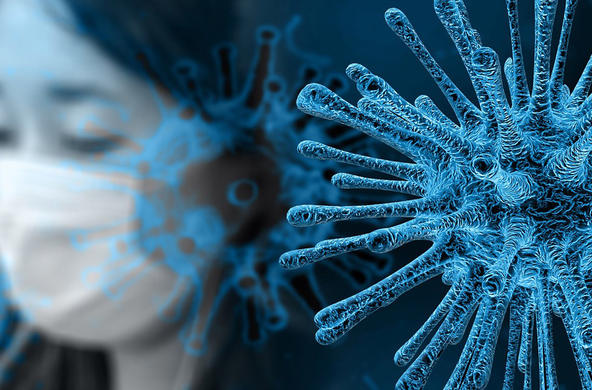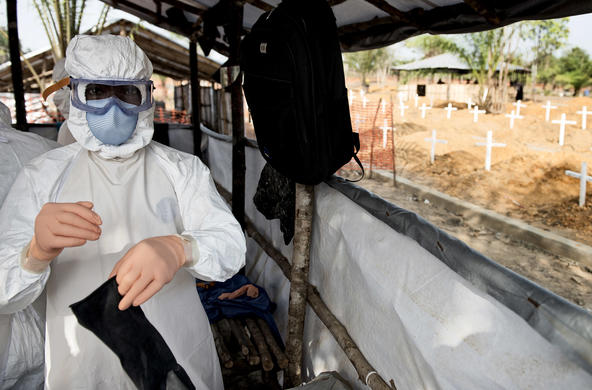On Route 44 heading west, just before reaching Route 82, there are some buildings nestled far back from the road, fitting in perfectly with the rustic scenery. The buildings are part of the Cary Institute of Ecosystem Studies, and much of what goes on there is very modern and very cutting edge.
That Millbrook boasts such a renowned research center may be surprising to outsiders, but it has been a part of Millbrook’s landscape for more than 30 years. The Cary offers trails and pathways for visitors to ramble and roam, and presents many programs throughout the year, free to the public, on a variety of topics, all scientific, and often having to do with ecology.
The Cary Institute has been a leader in the study of ticks and Lyme disease, and recently Barbara Han, Cary disease ecologist, was interviewed by Jacob Ward on NBC’s News Now television program, discussing how to track a virus and how to predict outbreaks earlier than the scientific community does now.
The topic is extremely relevant to the COVID-19 pandemic. On March 9, in San Francisco, Calif., Han went into detail, explaining to Ward about contact tracking and other aspects of following a contagious disease such as the coronavirus.
It’s been pointed out that an AI (artificial intelligence) epidemiologist sounded the first warnings of the Wuhan virus that is known as COVID-19. The World Health Organization (WHO) alerted the public on Jan. 9, yet a Canadian health monitoring group reportedly sounded the alert on Dec. 31, 2019. According to Han, some AI driven algorithms can predict outbreaks more speedily than humans, who often have to go through red tape.
Han, using machine learning methods, builds models to predict where pathogens will likely come from during the next outbreak. She expects that the next major outbreak of disease will transmit from animals to humans. The Centers for Disease Control and Prevention (CDC) states that 75% of emerging infectious diseases, including pathogens such as COVID-19, have not been seen before, or are so mutated that they might as well never have been seen.
Han searches for where viruses come from, and tries to pinpoint which animal species pose the greatest threat to humans in the form of a virus, and how to protect people.
In an article written on March 4 for Freethink, Han said science needs to get ahead of viral outbreaks, especially if an outbreak could end up causing great human casualties or destabilizing the global economy.
Making testable and specific predictions about which species have a high risk of potentially transmitting pathogens to human is vitally important. It is also very difficult. Han used bats as an example, and said they are noted for carrying many viruses, but the sheer volume of variety can be a problem. After a certain species has been identified, a large collection of samples must be gathered, often in strange and unpleasant places, and there is always a chance that the scientists involved can become ill.
The data collected, including dietary habits, habitats, breeding cycles, litter size and life span, can be combined with cellular and molecular data to give an overall portrait of the animal without which it would be extremely hard to predict the next zoomantic disease reservoir.
Han said the models are what they are, and as her models are tested more frequently in the field, the success of the algorithms will probably improve. She feels that given the data on hand, with possibly more data made available, the models could become even more useful.
Whatever it takes, scientists, especially epidemiologists, are working non-stop to predict and prevent outbreaks before they reach a scale like the coronavirus pandemic has. They believe AI and algorithms may be the answer to the problem in the future.







